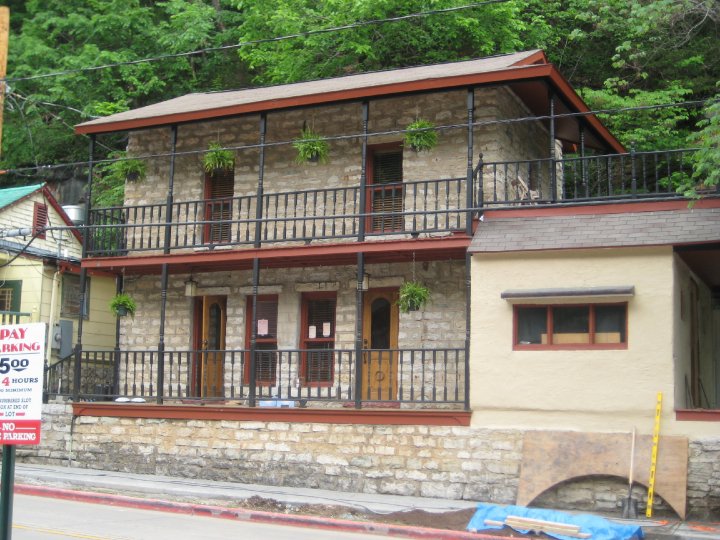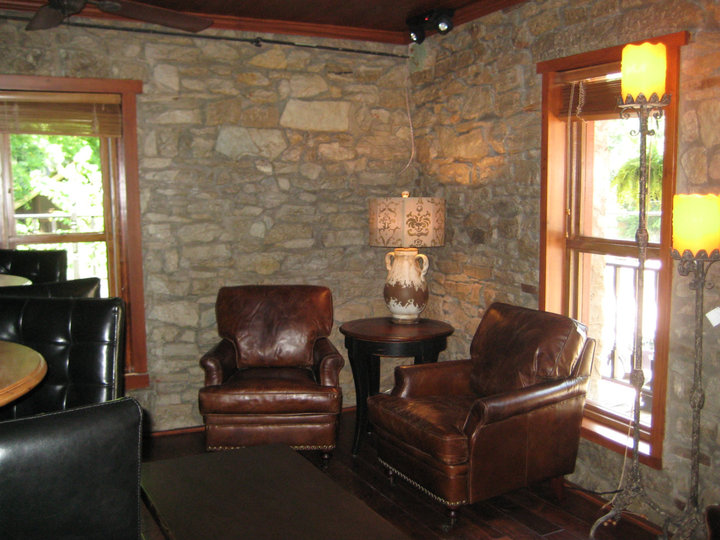What is a kilowatt-hour?!!!??!
 Saturday, July 24, 2010 at 2:38PM
Saturday, July 24, 2010 at 2:38PM ...link via Karen Stucke
Let's talk about some definitions here. We are trying to save energy at our homes and trying to reduce that magical kW/h number. It's an easy concept, the number goes down over time, you are reducing your cost and increasing your efficiency. Here is the real question though, what exactly is you impact. What exactly is a kW/h?
Now, a kilowatt/hour is 1000 watts of usage in one hour or 3.6 megajoules! Wow! That's a lot of megajoules right? Or is it a little bit of megajoules? What is a megajoule? What is a watt? Right, it is all confusing that can get to a bunch of scientific definitions, which I could go into with you, but that doesn't save you energy right? No. Not really. We want to express ideas into reality and real life applications. One 60 watt light bulb used to 1 hour is equivalent to .06 kilowatt/hour (i.e. (60W/1000)/1 hour, and 60 Watts being .06 kilowatts, because there are 1,000 watts in a kilowatt. So it would be 60/1000). You would have to leave that light on for about 16 hours and 40 minutes to get one measurable kilowatt hour (which is most if not all electricity companies charge you for).
Now, I just gave you a bunch of math, and still it probably doesn't help you with day to day operations of how much energy you really use. So here is further research. Thanks to one of our readers out there, Karen, we have been supplied with an awesome link to see how equivalent energy is being used in your part of the country versus an amount of kilowatts. The Green Power Equivalency Calculator comes from United States Environmental Protection Agency, and is a quick and easy way to see how much Coal, Gas, or CO2 would be used with your kilowatts that you enter (you can pick any number that you want). The Calculator is supposed to figure out how much your "green" energy purchase through the EPA saves from going into the environment, but can be used as a reverse calculator of also telling you how much of the equivalents you just put into the environment.
I used my last month's electricity bill and entered my 477 kw/hs for my region (region 21 ERCT according to the map on the page). I was then informed that my 477 kw/hs is equal to 242 kilograms of CO2 emission. Or equivilent CO2 emissions of 27 gallons of gasoline, .563 barrels of oil, 10.1 propane cylinders for BBQs, .001 railcar worth of coal, and .029 of the average American home in one year. Interesting stuff I say. It makes you get a better grasp of how much Carbon-Dioxide you are giving off into the air. I am not sure if I ever really answered what is a kilowatt-hour, but I hope I gave you a fun tool that can help you grasp it more...
---Justin J. Stewart (link via Karen Stucke)
 co2,
co2,  energy conservation,
energy conservation,  kw/h,
kw/h,  numbers,
numbers,  real-time energy use in
real-time energy use in  devices,
devices,  home energy conservation,
home energy conservation,  website
website 



